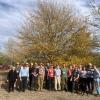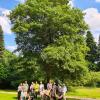Editor's Picks
Plant Focus
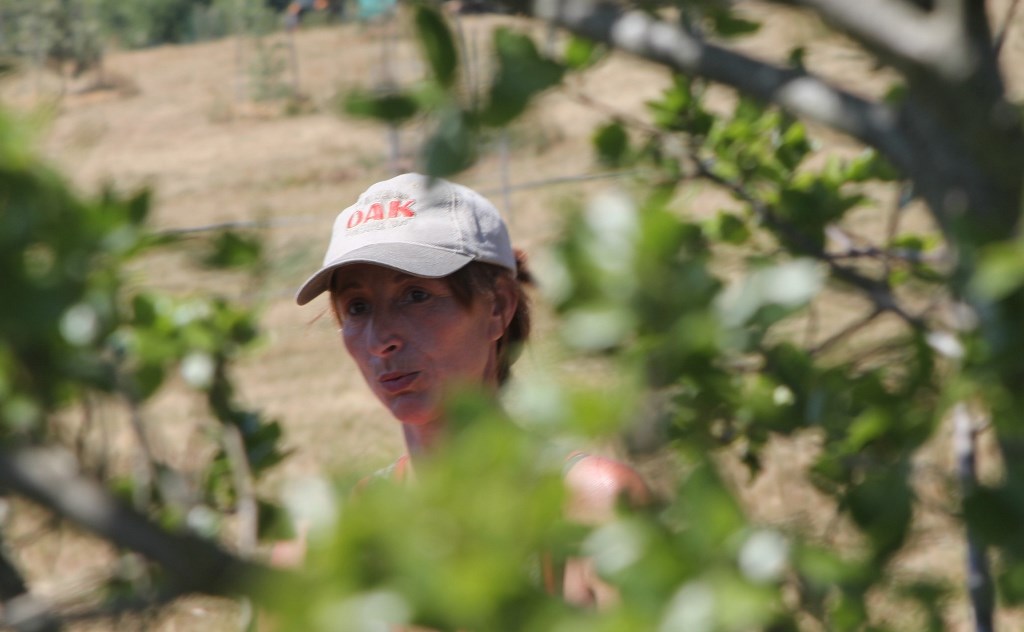
Where are you from?
I was born in New York City (Manhattan) and lived there for 17 years. Thereafter, 1 year in Paris, 22 in Brussels, and, since 2003, in the Dordogne region of France.
What is your professional background?
My first “real” job was as a journalist for Presse Production (Brussels) a small company created with a before-its-time idea: a kind of intranet news service for the dissemination of European-wide research results, projects, and subjects worth developing, for the European Commission (specifically DG XIII). From there I moved into the world of business-to-business communications, working first for an agency, and then creating my own, specialized in scientific/technical products, mostly in the pharmaceutical and agro-industrial sectors. This work involved conceiving, editing, and producing many different sorts of printed material, as well as organizing symposia and promotional events. I sold this company in the year 2000 and then opened a restaurant, also in Brussels. This too was eventually sold, as the great arboretum project took shape.
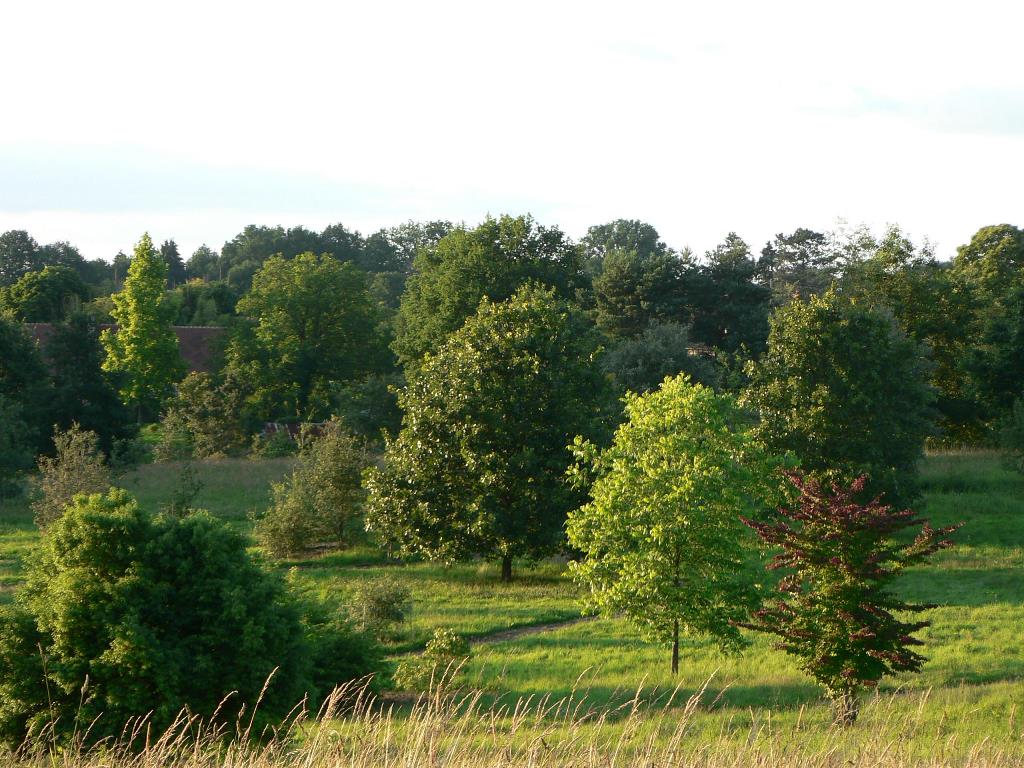
How did your interest in oaks start?
When I decided, sometime around the year 2000, that it was time to leave Brussels, time to do something else, I settled on the idea of creating a botanic garden. This was not an idea plucked out of the blue, but from an interest in botany that had been developing over the years. My companion, Gérard Lionet, who throughout his life was a collector, constituting important collections of various different things, agreed but on the condition that we create a collection of something specific. To my question, “A collection of what?”, he replied, “Well, I don’t know, pick some kind of a tree.”
As we drove around France looking for land to buy, we realized, though we knew little about trees (and certainly less about what creating an arboretum meant) that the dominant tree in the landscapes we were traveling through was Quercus robur – the choice for the collection imposed itself. A short time after, Gérard discovered Jean-Louis Hélardot’s website, Oaks of the World, and only then did we begin to realize what we had gotten ourselves into! We have not regretted it.
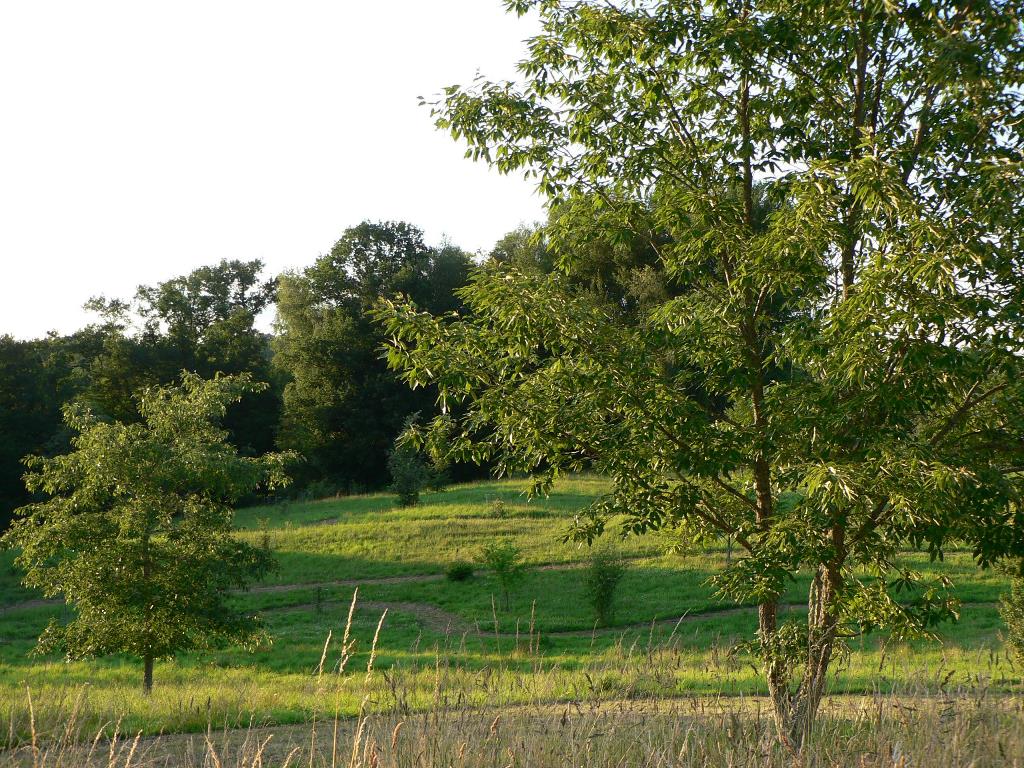
How did you come to join IOS?
In 2003, when we had found the property we thought could accommodate our project, we began searching for nurseries that had interesting oaks – the notion of wild-collected seed of precisely known origin was not yet a priority for us. One of the nurseries that we found was PAVIA, Dirk Benoit’s nursery in Belgium. After consulting the catalogue, I went to pick up the trees, and had the opportunity to explain to Dirk that we wanted to establish an oak collection. His immediate reaction was to tell me that the first thing to do then was to join the International Oak Society. I joined as a Life Member, and, as per the Society’s policy at the time, I received a complete set of all of the back issues of International Oaks that were still available, which provided deep immersion into the world of oaks, not just the trees but also some of the people involved.
Quite fortuitously, in September 2004, a French Oak Open Day event was organized by Thierry Lamant and at this get-together, lo and behold, many of those individuals were present: Allen Coombes, Eike Jablonski, Michel Angeard, Michael Avishai, Shaun Haddock, Henri de Brem, Stéphane Bram, Dorothy Holley, Hervé Le Bouler, Antoine Le Hardÿ de Beaulieu, and others. During this event, I received my very first acorns from Michael Avishai (Quercus ithaburensis, Q. alnifolia, Q. look, and Q. libani) and from Shaun Haddock (Q. salicina, Q. serrata, and Q. acuta). Today, trees from some of those acorns are growing in our Arboretum, notably Q. alnifolia 1372 and Q. look 562, proud specimens of Michael Avishai’s many contributions to the cultivated oaks of the world.
The last paragraph in my account of the event for International Oaks, Issue No. 16, could well serve as the conclusion for many such events that I have participated in since: “One of the most interesting voyages of discovery I have ever been a part of; it was a shame that it only lasted two and a half days. Two and a half weeks would have been better! I can’t wait for the next opportunity to participate in such an adventure and wish to thank all of my new Quercus-lover friends for the wonderful moments spent together.”
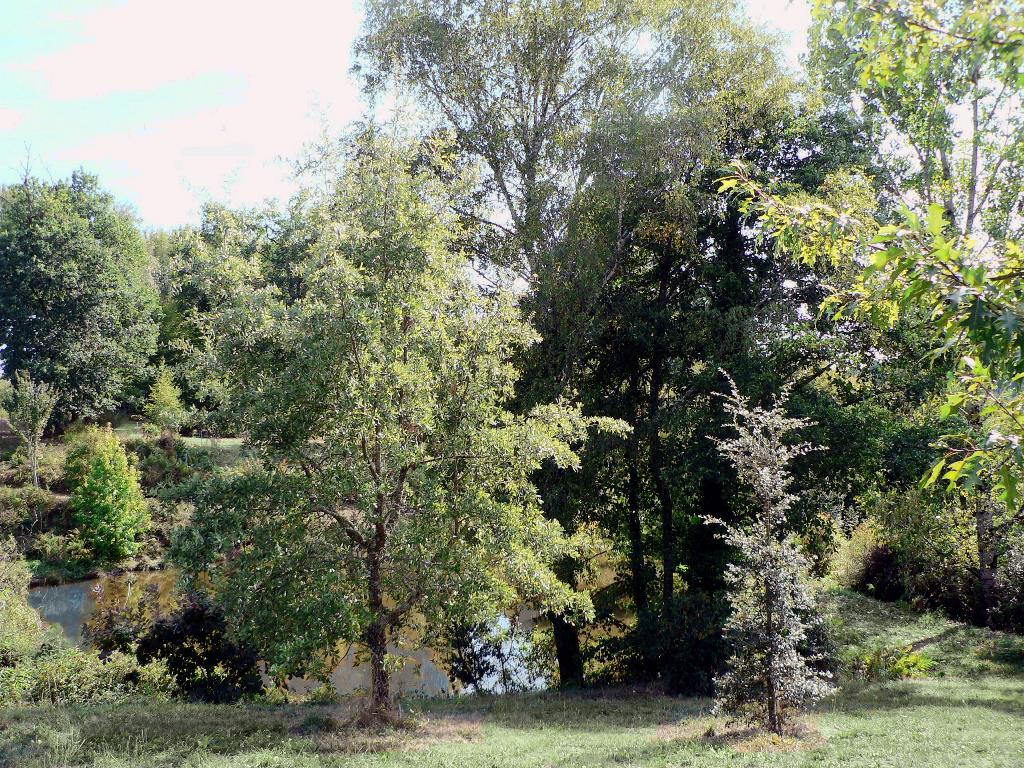
Which are your favorite oaks?
A most difficult question…
I am tempted to say the oaks of Mexico, but then think, well, the Cyclobalanopsis are so graceful, and then, oh yes, I am quite fond of all the Protobalanus, especially Q. palmeri and Q. chrysolepis, ah, and what about those North American White Oaks, like Q. alba and Q. macrocarpa that are extraordinary in a way that only they know how to be? Admittedly, I am generally rather blasé about European oaks, but if I think about it a bit, how lovely Q. macrolepis, how delicate Q. frainetto, how majestic Q. afares.
One of the advantages of having an oak collection in southwest France is the amazing number of Quercus taxa that can be grown; the flip side is that it makes this question inextricably difficult to answer! Or, perhaps closer to the truth, the answer changes with time, depending on where my travels lead me, how the acorns fare, how the trees develop, and, if I am asked the question on Wednesday, what I may have been doing on Tuesday.
Sitting here on a rainy April morning in 2019, my current all-stars, without thinking about it too analytically, would be: Q. viminea from Mexico, one of the most elegant trees I know, Q. salicina from Japan, with its magnificently graceful silhouette, Q. crassifolia and Q. macvaughii, from Mexico, for their unbelievably exuberant growth, Q. tatakaensis from Taiwan for taxonomic reasons, Q. ×dysophylla from Mexico with those wonderfully soft, silvery-white, young leaves, Q. albocincta and Q. coffeicolor, also from Mexico, because of the breathtaking places where I first saw them . . . All that being said, it appears that Mexico does indeed remain at the top of the list.
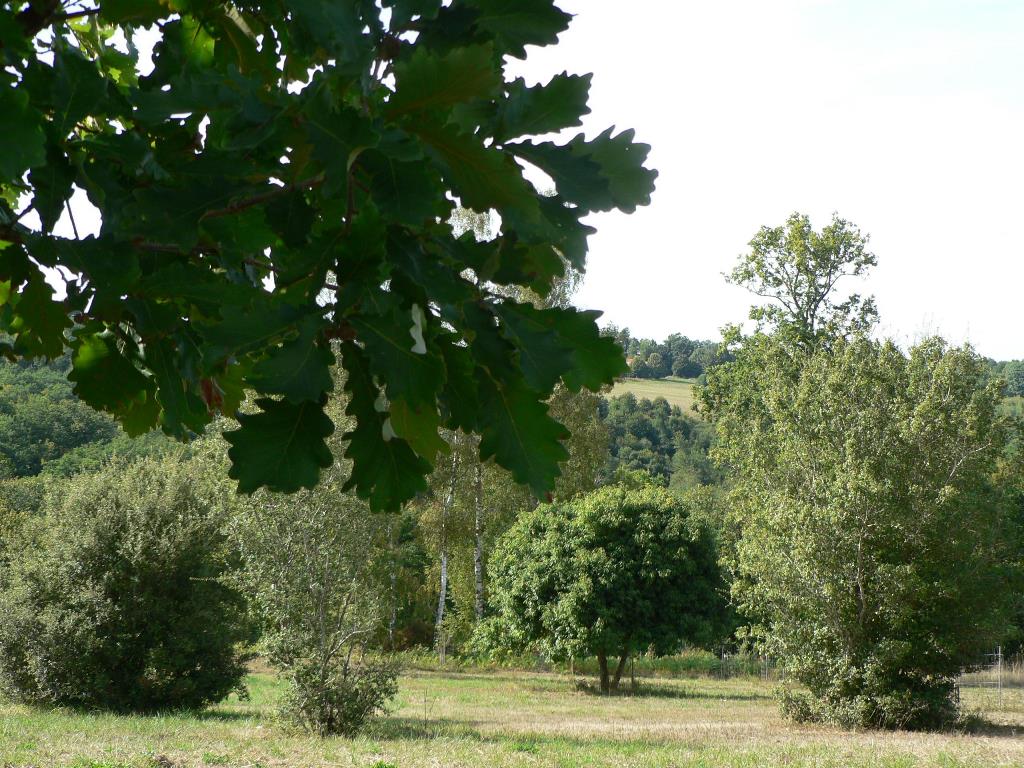
An oak anecdote you would like to share?
- December 7, 2003: a beautiful, blue-sky, cloudless winter day saw the first plantings of dozens and dozens of oak trees at the Arboretum des Pouyouleix with the help of friends and neighbors – and when the last shovel of earth was laid to rest and we raised our glasses to a day well spent, it began to rain;
- mowing down (once in 2005 and again in 2007) a specimen of Q. agrifolia that today is a wonderful, though, not surprisingly, very bushy, tree; my first International Oak Society Conference in Texas in 2006 and the fabulous post-Post Conference Tour organized by David Richardson;
- cutting to the ground, in 2007, a Q. crispipilis that failed to leaf out after winter only to remember a few months later that this was a grafted plant; getting lost in 2008 in Organ Pipe Cactus National Monument (Arizona), in Ajo Canyon, looking for Q. ajoensis and being rescued by this wonderful little function in my GPS unit that allowed me to retrace my path;
- my first trip to Mexico in 2009, hunting for oaks with Allen Coombes before the 6th International Oak Society Conference in Puebla;
- traveling in the footsteps of C.H. Muller in Mexico in 2010 to find Q. deliquescens, Q. flocculenta, Q. carmenensis, and others;
- organizing the 7th International Oak Society Conference in 2012 (Bordeaux) with Shaun Haddock, Antoine Kremer, and Thierry Lamant;
- becoming Editor of International Oaks in 2013; being utterly depressed in Vietnam in 2013 for a sadly rather oak-less voyage in spite of great efforts;
- discovering the incredible oaks of Taiwan in 2015 with Fu-Che Pan and Ai-Gong Dung;
- having my eyes opened about how truly interesting European oaks can be with Francisco Vázquez in Spain in 2016;
- being thoughtfully confused about the oaks of Big Bend National Park in 2017 with Adam Black;
- waking up every morning at this time of year (spring) and taking a cup of coffee into the nursery to see who has germinated (or not) during the night;
- but above all, the myriad Quercus moments and thoughts shared with, so, so many, especially: Michael Heathcoat Amory, Tim Boland, Henri de Brem, Allen Coombes, Michel Duhart, Diana Gardener, Francisco Garín, Dirk Giseburt, Jean-Louis Hélardot, Andrew Hipp, Dan Keiser, Lloyd Kenyon, Antoine Kremer, Ron Lance, Laurent Lautier, James MacEwen, Bob McCartney, Ulrich Pietzarka, Dušan Plaček, Charles Snyers, Francisco Vázquez, and, last but certainly not least, Gérard Lionet. Without them, this Arboretum would not be what it is today.
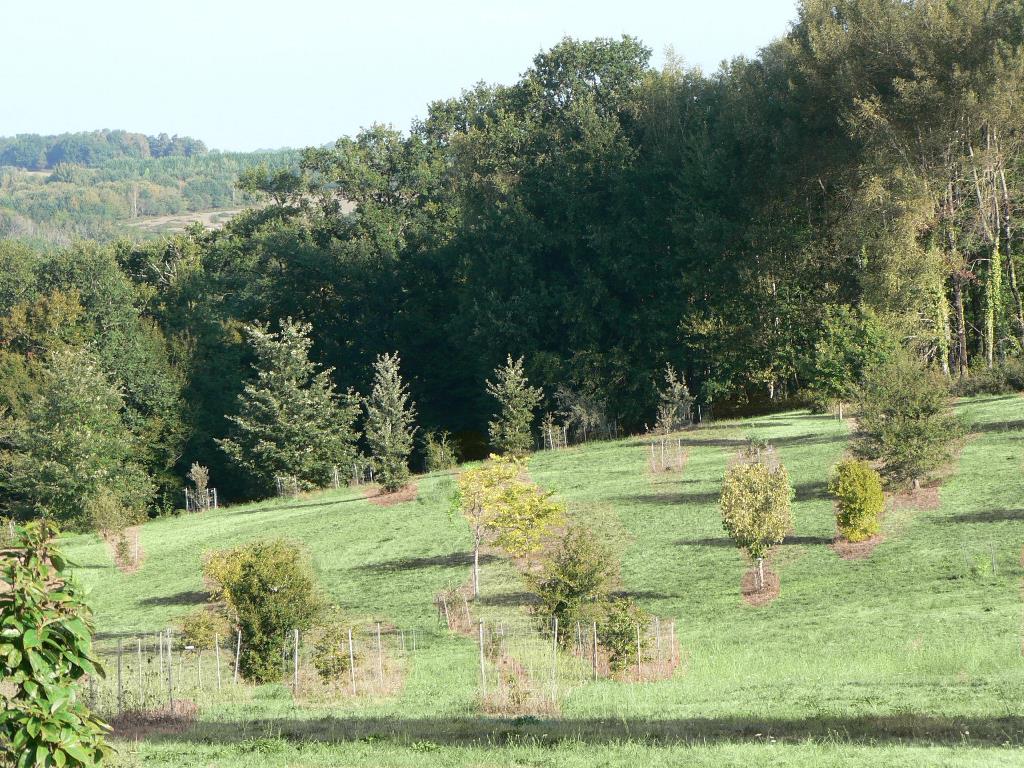
Anything else you would like to add?
This year, from all over the world, new (to this collection) taxa are germinating in the nursery: (Q. protoroburoides, Q. garryana var. semota, Q. spinosa subsp. miyabei, Q. hondae, Q. robusta) while others, equally new to our collection, are ready to be planted (Q. longinux, Q. liaoi, Q. marilandica var. ashei, Q. ×firmurensis, Q. poilanei, Q. baronii).
When we decided that we would plant only botanic taxa, I remember thinking, as we reached the 100-taxa mark, that soon we would not be able to increase the collection very significantly. Today, just slightly under the 300-taxa mark, I think, how foolish! The sky is the limit! Or rather, the ground (space) is the limit.
Luckily we’re not there yet…
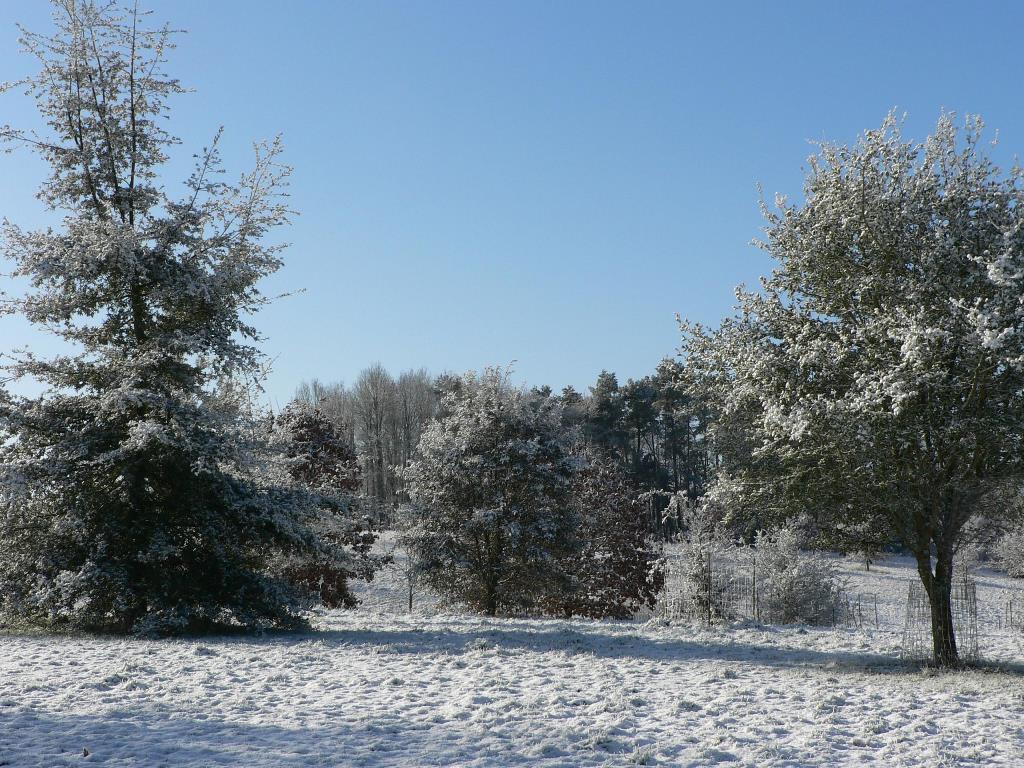
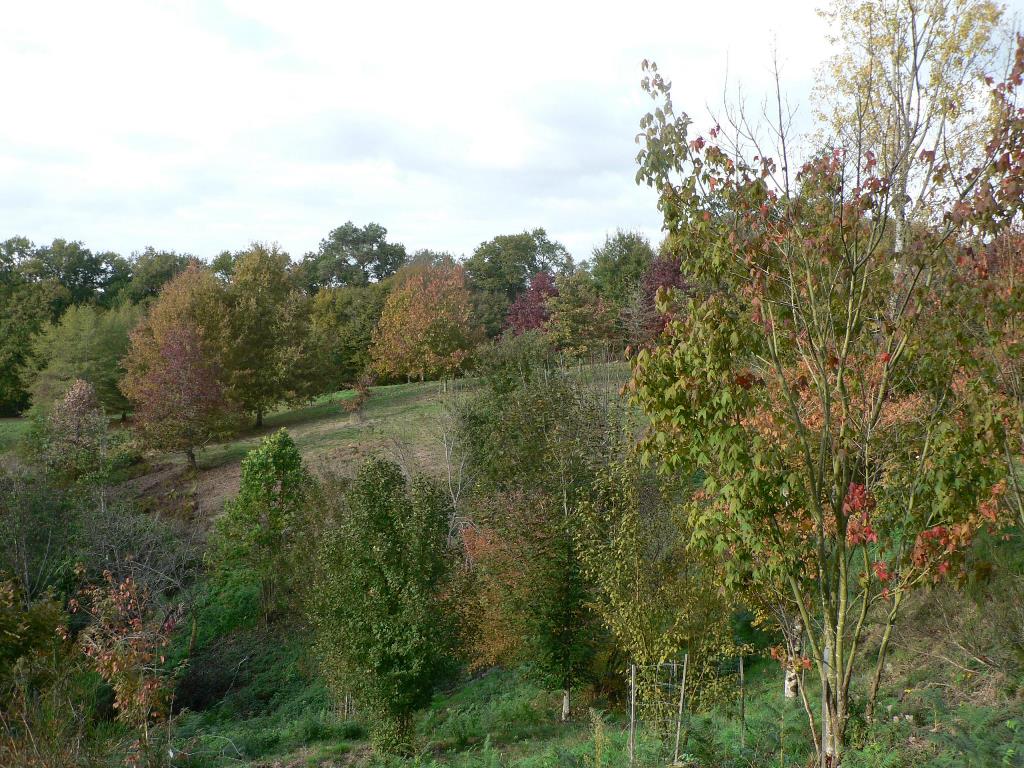
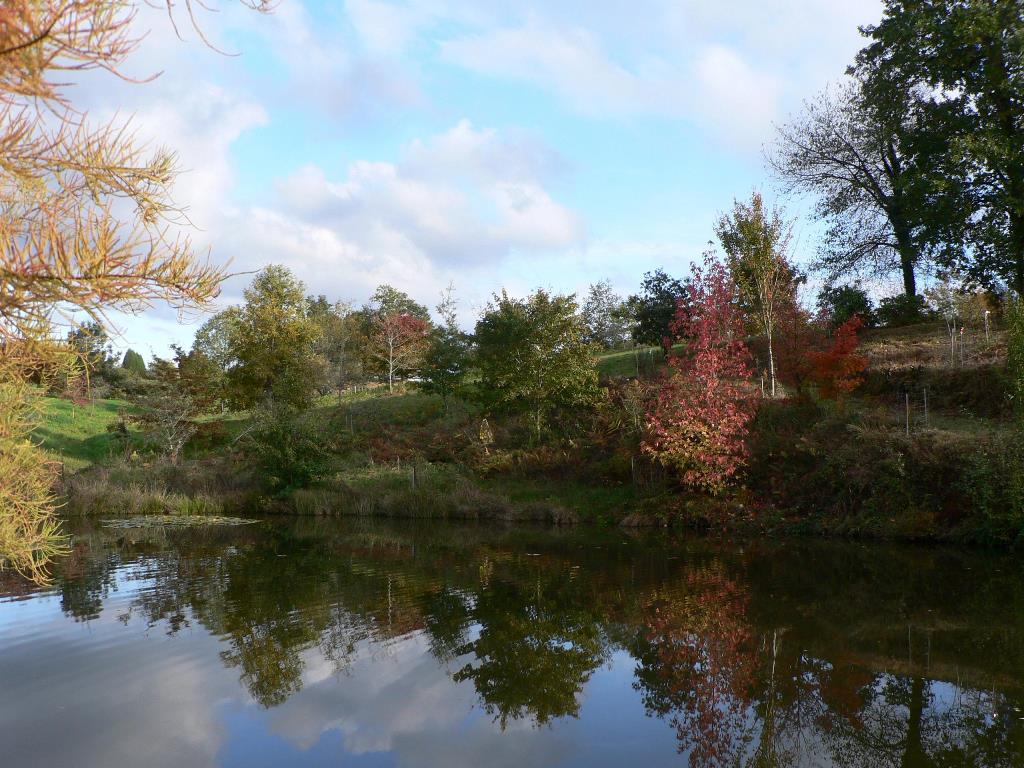
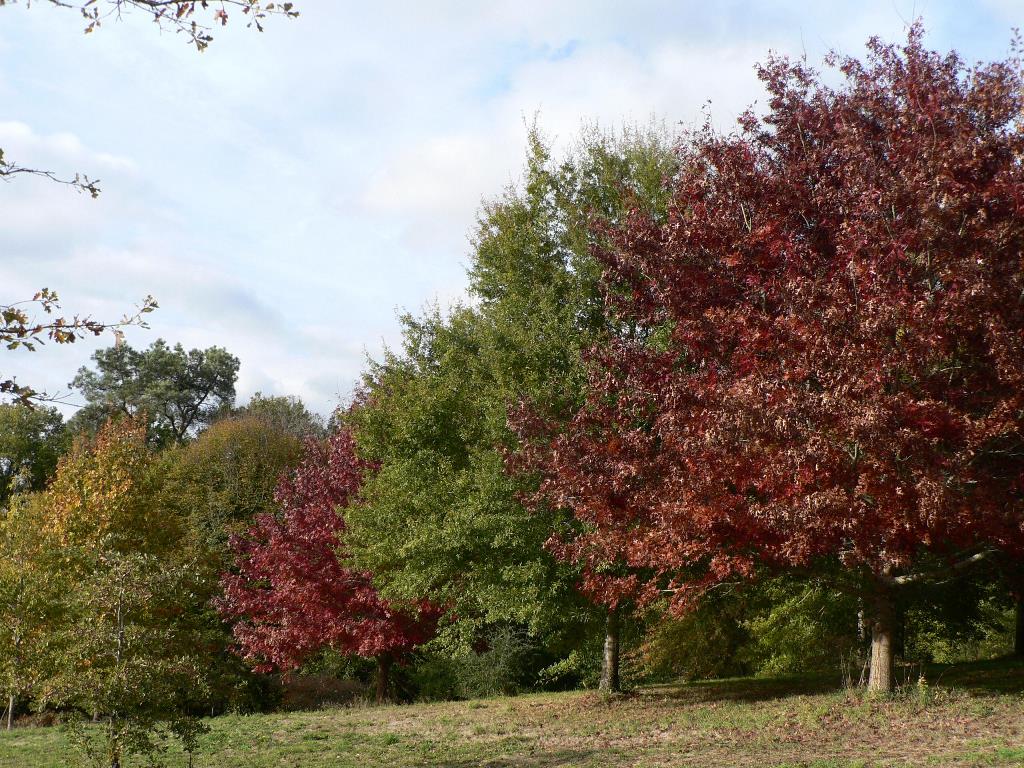
Some of the oaks in Arboretum des Pouyouleix:
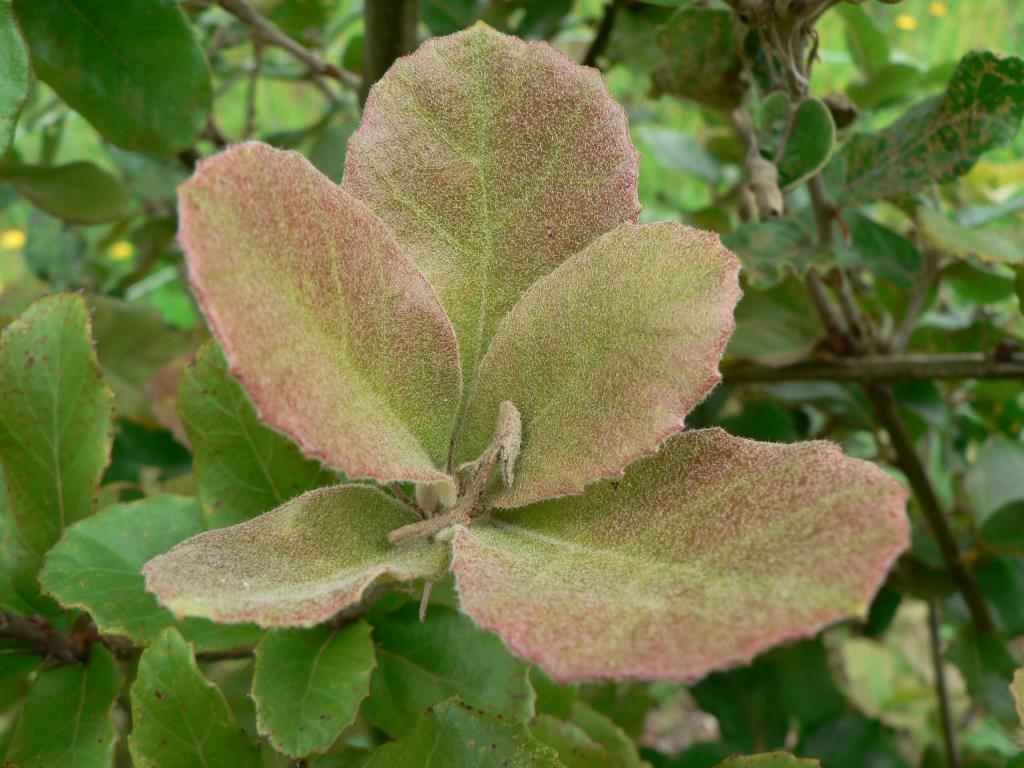
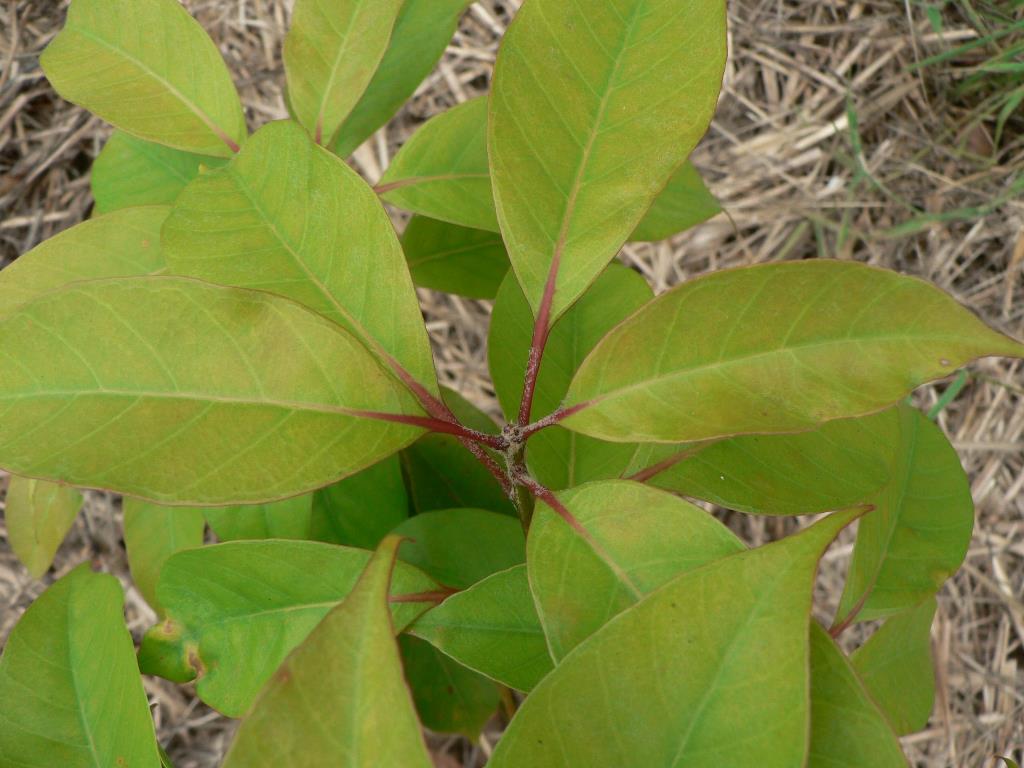
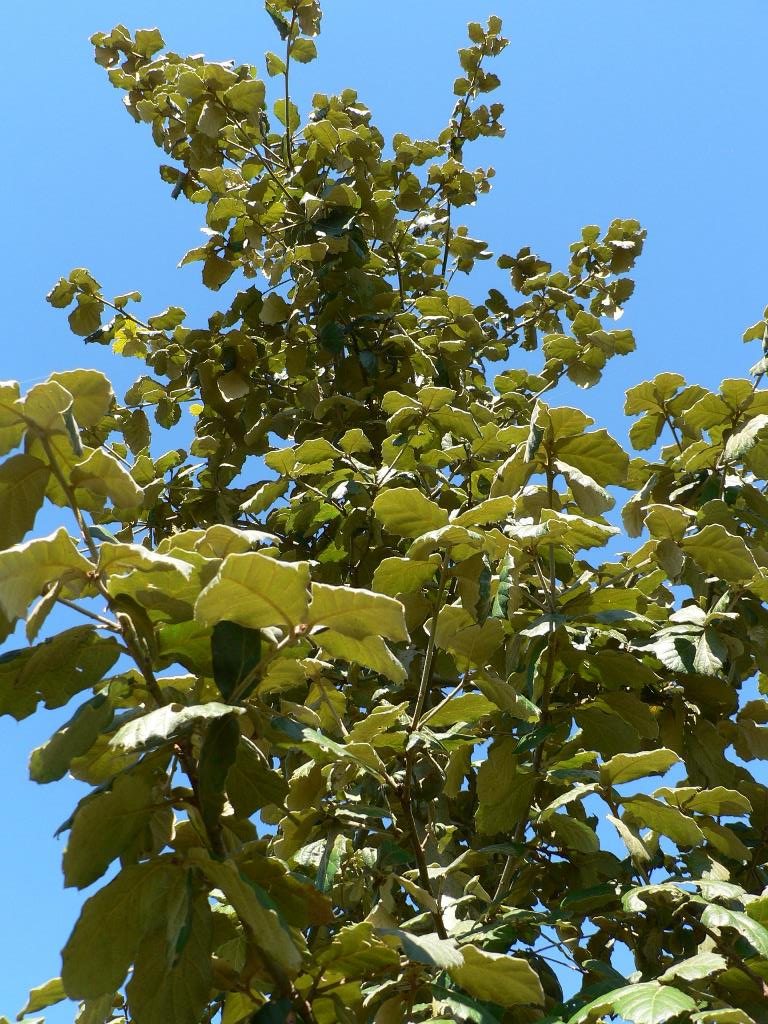
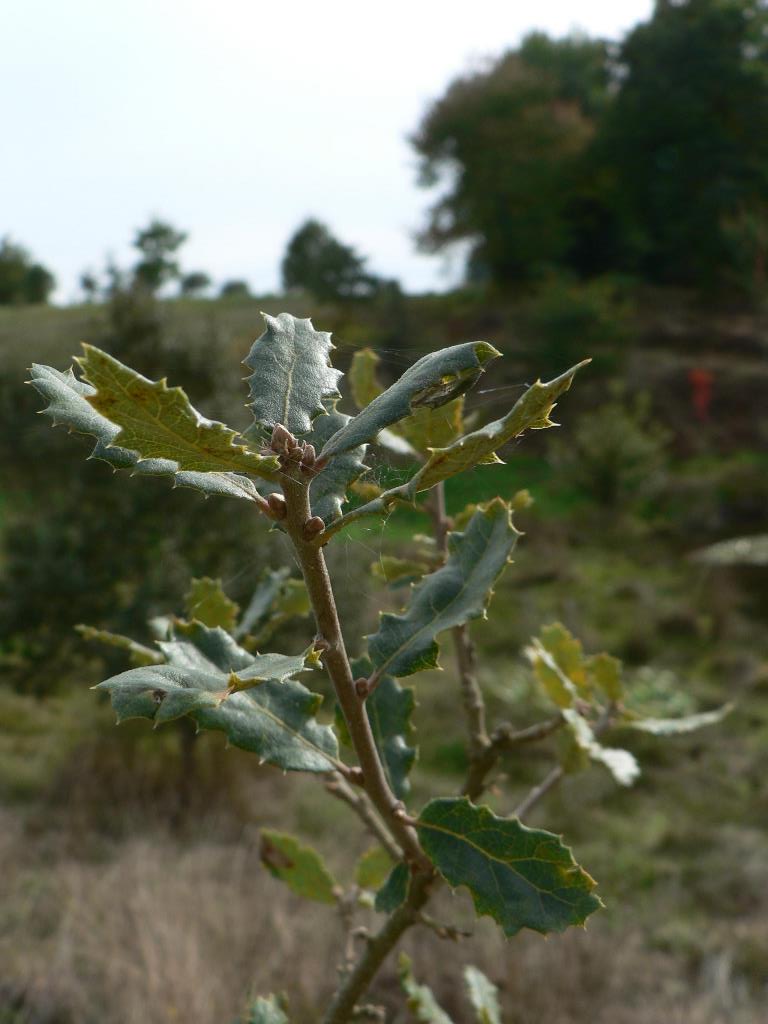
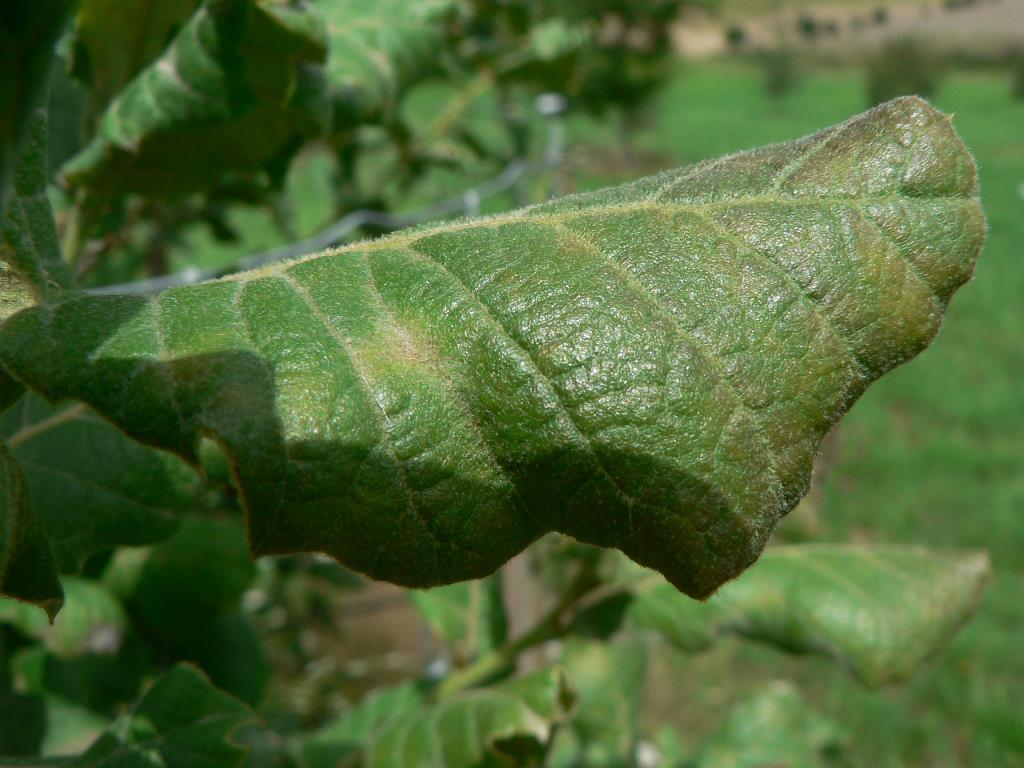
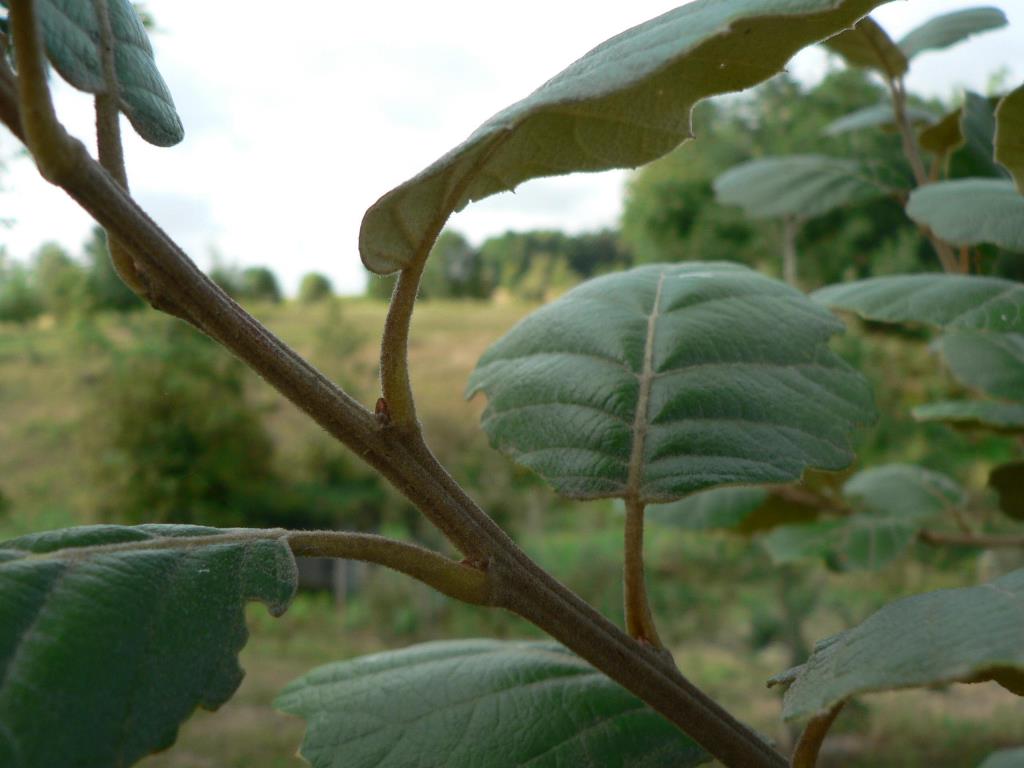
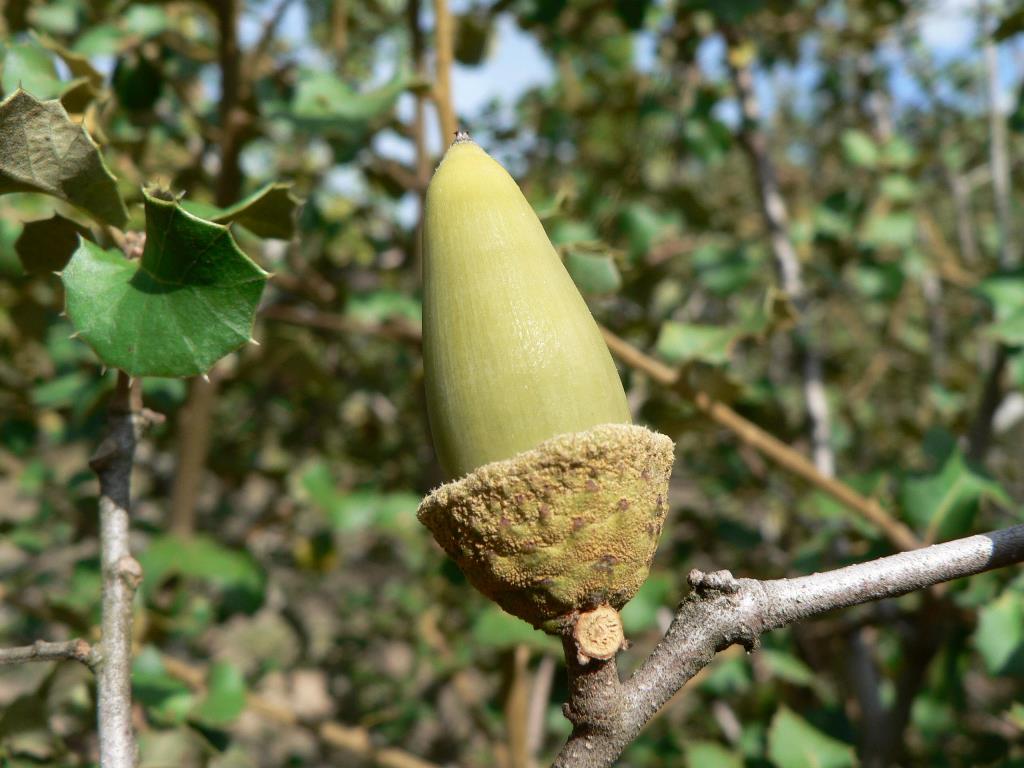
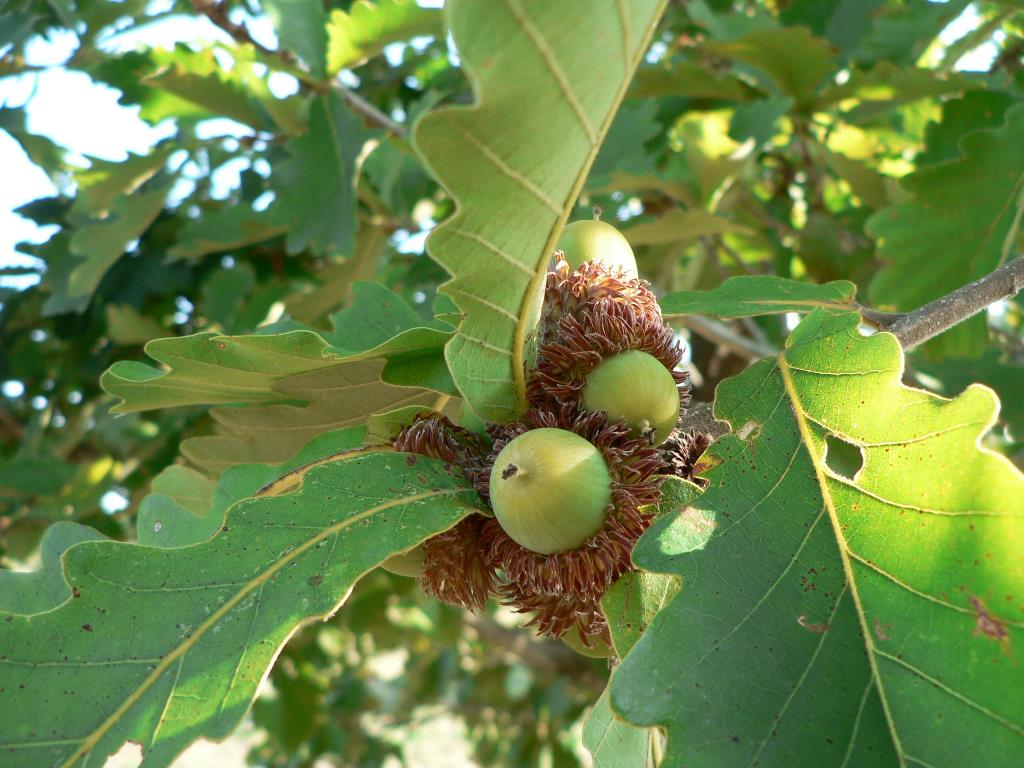
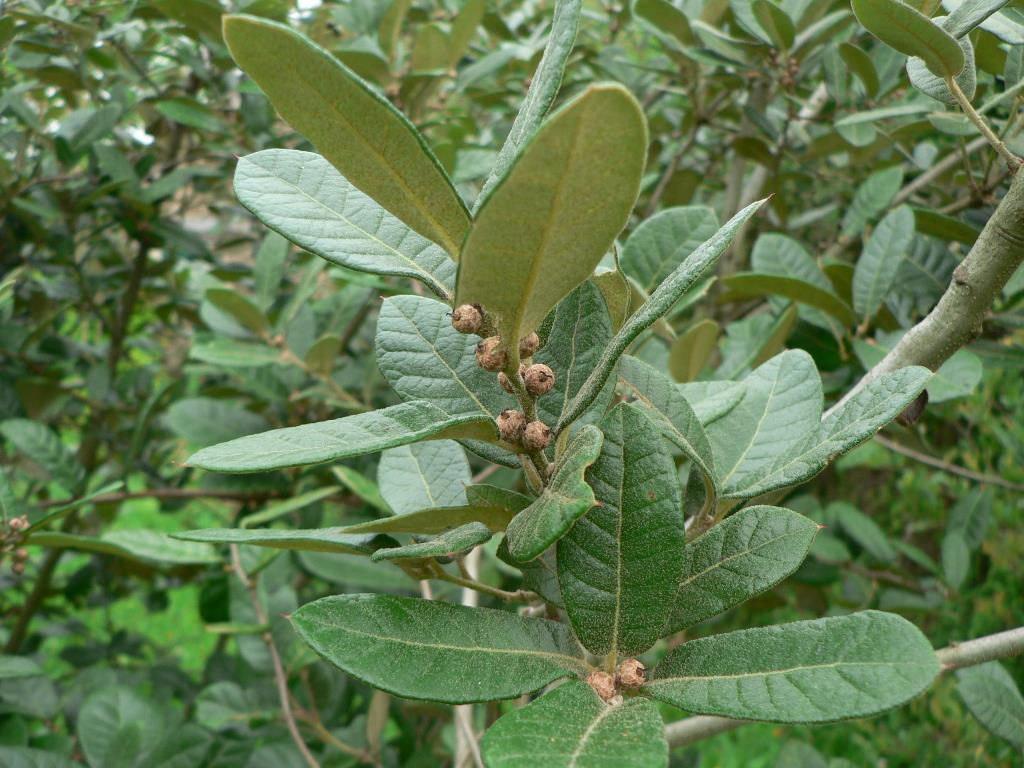
Photos © Béatrice Chassé unless specified otherwise

